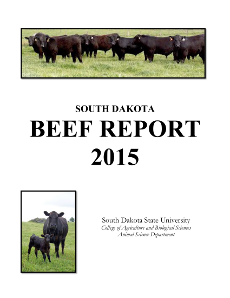Document Type
Report
Report Number
2015-5
Publication Date
2015
Summary
Camelina and carinata are oilseed crops that have recently gained increasing attention as biofuel sources. The meals remaining after oil extraction contain relatively high concentration of protein and, because of this, there is interest in using them in livestock diets. However, the nutritional qualities of these meals are not well defined and may vary with processing conditions. In our experiment, we evaluated meals from cold-pressed and solvent-extracted camelina and carinata meals manufactured using 6 different processing conditions. Estimates of total in vitro OM and CP disappearance of each meal were determined according to a modified 2-phase procedure of Tilley and Terry (1963). We detected no differences in CP disappearance of camelina meal manufactured under cold-pressed extraction. In contrast, we noted differences in OM disappearance of camelina and carinata meals which had undergone different cold-press processing conditions. Differences were also observed in OM and CP disappearance of oilseed meals under varied hexane extraction conditions. Our data suggests that hexane extraction produced, on average, meals with greater OM disappearance than cold-pressing, but there were interactions by oilseed type. Hexane extraction performed under a temperature of 80°C for 90 min resulted in camelina meals with the greatest CP disappearance, whereas a temperature of 120°C for 65 min resulted in meals with the lowest CP disappearance.
Number of Pages
5
Format
application/pdf
Language
en
Publisher
South Dakota State University
Rights
Copyright © 2015 South Dakota State University
Recommended Citation
Sackey, A.; Grings, E.E.; Brake, D.W.; and Muthukumarappan, K., "Effect of Processing Conditions on Nutrient Disappearance of Cold-pressed and Hexane-extracted Camelina and Carinata Meals in vitro" (2015). South Dakota Beef Report, 2015. 6.
https://openprairie.sdstate.edu/sd_beefreport_2015/6

